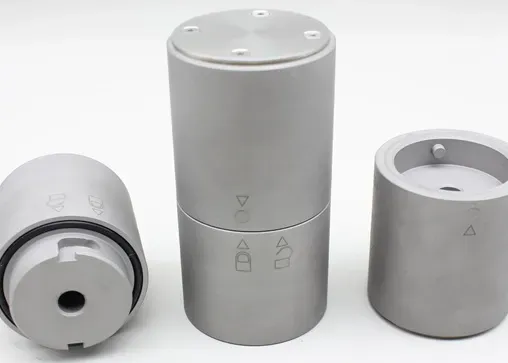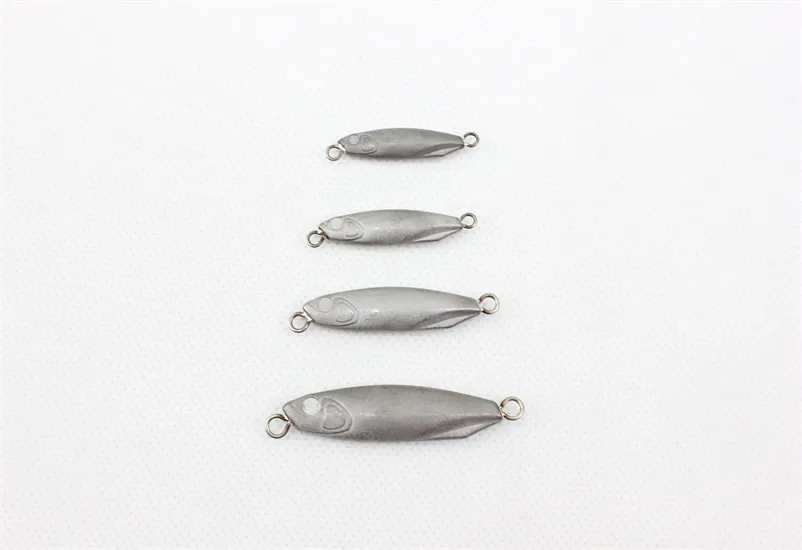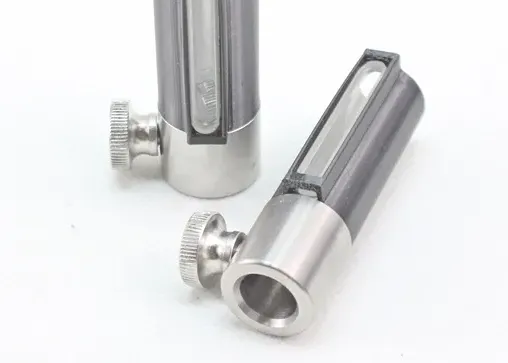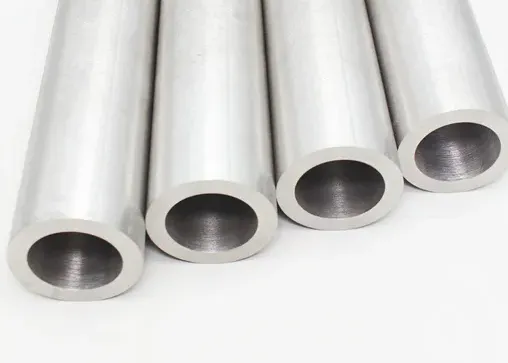Why Are Tungsten Alloys Being Used in the Military Defense Fields?
The selection of materials in modern military defense technology plays a crucial role in determining the effectiveness, durability and performance of various equipment and systems. Specifically, the application of tungsten alloy plate, tungsten alloy shielding, and tungsten heavy alloy components has expanded significantly across defense sectors.
Tungsten heavy alloy, primarily composed of over 90% tungsten with additions of nickel, iron, or copper, possesses a unique combination of mechanical and physical properties that make it highly valuable for military and defense applications. Its density, ranging from 17 to 19 g/cm³, is almost double that of lead and markedly greater than steel, providing exceptional mass in compact forms. The material also exhibits remarkable hardness and strength, enabling it to resist deformation under intense mechanical stress, which is critical for ballistic and structural uses. Furthermore, tungsten's ability to maintain structural stability at temperatures exceeding 3000°C, along with its strong resistance to oxidation and corrosion, ensures reliable performance in extreme and corrosive environments. These attributes collectively underpin the widespread adoption of tungsten heavy alloys across defense technologies.
Tungsten alloys are widely utilized in the military field due to their exceptional properties, finding applications in various critical areas.
Armor and Penetrators
One of the most critical uses of tungsten alloy plate in defense is in the production of armor-piercing projectiles and kinetic energy penetrators. Thanks to its high density and strength, tungsten heavy alloy cores can concentrate immense kinetic energy on a small area, enabling them to breach even the most advanced armored vehicles.
Compared to traditional materials like depleted uranium, tungsten heavy alloy is safer from an environmental and health perspective, yet it provides similar or superior penetration performance, making it a preferred material for anti-tank weapons and other munitions.
Counterweights and Balance Systems
Military aircraft, ships, and missiles require precise weight distribution for optimal performance. The high density of tungsten heavy alloy allows for compact, durable counterweights that enhance stability without occupying excessive space. This is particularly important in space-constrained environments like fighter jets and missile systems, where every inch and every gram counts.
Radiation Shielding
In modern defense equipment, particularly in nuclear submarines, battlefield medical units, and other high-radiation environments, tungsten alloy shielding plays a critical role. Tungsten’s ability to attenuate radiation while maintaining a manageable thickness and weight makes it superior to lead for mobile or field applications.
Whether protecting personnel or sensitive electronic equipment, tungsten alloy shielding offers compact and highly effective protection, crucial for maintaining operational readiness and survivability.
Fragmentation Devices
In some defense applications, controlled fragmentation is needed to maximize the effectiveness of explosive devices while minimizing unintended collateral damage. Tungsten heavy alloy fragments can be engineered for precise size, shape, and dispersal patterns, enhancing the strategic effectiveness of modern munitions.
The military and defense sectors require materials that can deliver unmatched performance under the most demanding conditions. Tungsten heavy alloy, thanks to its extraordinary density, strength, thermal resistance, and non-toxic nature, meets these demands exceptionally well. Whether used as tungsten alloy plate in armor systems, as tungsten alloy shielding in radiation protection, or as kinetic energy penetrators, tungsten alloys are an integral part of today’s and tomorrow’s defense technologies.
As military technology continues to evolve towards higher precision, speed, and survivability, materials like tungsten alloy plate and tungsten alloy shielding will only become more critical. New research into advanced composites and manufacturing techniques, such as additive manufacturing (3D printing) with tungsten alloys, is likely to expand their applications even further.
Moreover, the push towards environmentally friendly and sustainable military materials positions tungsten heavy alloy as an increasingly attractive alternative to traditional but hazardous substances.

 EN
EN AR
AR FR
FR DE
DE HI
HI IT
IT JA
JA KO
KO PT
PT RU
RU ES
ES ID
ID LV
LV VI
VI HU
HU MS
MS GA
GA BE
BE YI
YI EU
EU


